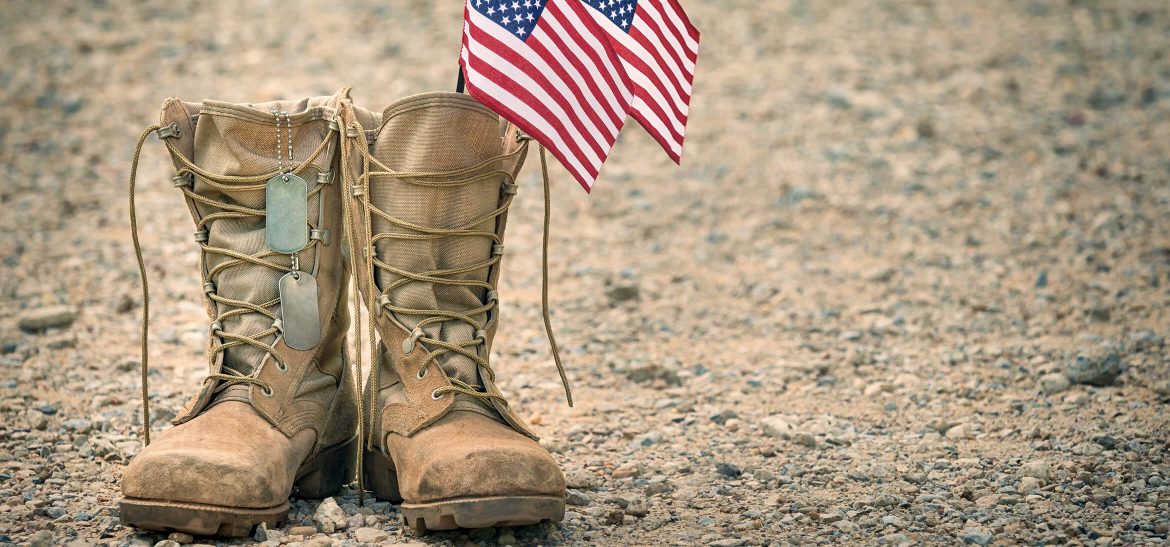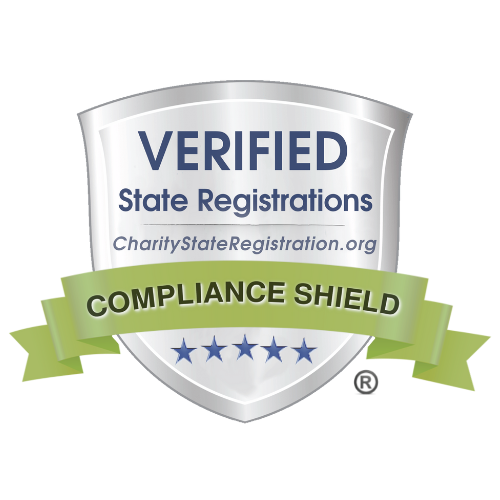IAVA | November 15, 2017
Read: Campaign to Combat Suicide: Clay Hunt SAV Act Update

In IAVA’s most recent member survey, 65 percent of IAVA members said they know a post-9/11 veteran who has attempted suicide while 58% know a post-9/11 veteran that has died by suicide. These numbers are up 12 percent and 13 percent respectively since 2014. Thirty-seven percent told us they themselves have considered suicide since joining the military. These data highlight just how critical this issue is to our members… it’s personal. Over my tenure as Research Director, for four years running, IAVA members have identified suicide prevention and mental health as the most important issue for post-9/11 veterans.
These are the data that led to the development of IAVA’s Campaign to Combat Suicide in 2014, and our advocacy on behalf of the Clay Hunt Suicide Prevention for American Veterans Act (SAV Act), passed into law in February 2015. Since its passage, IAVA has been monitoring the implementation of this bill. Below is an update as of 3rd QTR FY 2017:
Section 2: Provision to establish third party evaluations for all mental health and suicide prevention programs at VA
This provision has been slowly but steadily developing. VA has begun data collection in a pilot program fashion, collecting self report data from veterans new to VA mental health. That data is being provided to a third party evaluator who will analyze it to see how patients are reporting their experience and outcomes with VA mental health. Once they work out the kinks in this process, the intent is to expand this process to all mental health and suicide prevention programs at VA. As such, there are no outcomes to report on to date. So far, the focus has been on establishing the process and collecting the data.
Section 3: Establishing a centralized website for mental health resources
This provision was folded into a larger initiative at VA to improve access to VA online resources overall. The website has been established as a service locator for mental health services. Users type in their zip code and the type of provider and providers will be located. Covered resources so far are vet centers, substance abuse clinics and care for PTSD. The VA is continuing to expand the types of resources being located using this site.
Section 4: Loan payback program for psychiatrists
This provision provides an incentive to attract psychiatrists to the VA, recognizing that this is a specialty field in high demand but often hard to fill. The incentive program pays back school loans for psychiatrists committing to work at VA (up to a certain amount). Establishing this program has been a longer process than IAVA had hoped, but the good news is VA finally has the authority to do this. The bad news is challenges allocating funding has slowed its implementation. Essentially because the SAV Act did not allocate additional funds to fulfilling the provisions, VA has had to move money around to ensure the implementation of this and all of the other provisions. However, VA has told us they plan to see the first pay outs happen in January 2018.
Section 5: Establishment of pilot programs with community organizations to provide peer support
IAVA has heard conflicting reports about the success of these pilots. We continue to press VA on the concerns that we’ve heard and follow the execution of the pilot programs. The bottomline is that 5 locations were selected to run pilot programs to establish veteran peer support programs. The programs are still in process of being set up and a report was due to Congress in September outlining the current progress. The pilot ends January 2019. We expect to that over the course of the next six months or so, we’ll start to see some real outcomes data to judge success.
Section 6: VA partner with community organization on suicide prevention
Even prior to the passage of the SAV Act, this is something VA was pursuing. They now have over 150 partners. The question really is are those partnerships proving successful and how is this being measured. This is where section 2 of the Act, which established evaluations of suicide prevention programs, comes in.
Section 7: Extension of the enrollment period into VA mental health care for eligible post-9/11 veterans
Through this provisions an additional nearly 1200 combat vets who initially missed out in enrollment were able to access VA care.
Throughout all of this, the biggest challenge VA has faced is finding the funds to truly meet the intent of this legislation. IAVA feels that in some areas they have been more successful than others. However, we remain committed to doing everything we can to ensure the intent of the legislation is met while also fighting for further changes to help to address the suicide crisis facing the veteran community.





